Detailed content
Technical Specifications
Model: TC520
Brand: ABB
Dimensions:
One source mentions dimensions of 33.0 cm x 5.1 cm x 15.2 cm, while another lists 360mm(W) x 240mm(H) x 73mm(D). Note that these could be for different variants or configurations.
Weight:
Approximately 0.29 kg as per one source, while another mentions around 4.29 kg. Again, this could depend on the specific model or accessories.
Color: Green or black/gray (depending on the variant)
Operating System: PLC system or a choice between Windows XP and Windows 7 (for certain configurations)
Power Supply: Input AC110-220V, Output DC12V (for specific models)
I/O Interfaces: Depending on the model, it may include interfaces such as 4COM, 1LAN, 1VGA, 1LPT, 2PS-2, 6USB, 2*Audio
Network Connectivity: LAN with 10/100/1000M adaptive network support
Mini-PCIE Slots: Support for wireless network transmission (in certain models)
Operating Temperature: 0°C to 50°C
Storage Temperature: -20°C to 60°C
Humidity: 0-90% RH @ 31°C (operating) and 0-95% RH @ 39°C (storage), both non-condensing
Functional Characteristics
Integration Capabilities: ABB TC520 supports integration with third-party applications, enabling seamless data exchange and control across different systems.
Customization: Some models offer customization options, allowing users to tailor the system to their specific needs.
Reliability: Designed for industrial environments, the TC520 is built to withstand harsh conditions and ensure reliable operation.
Connectivity: With multiple I/O interfaces and network connectivity options, the TC520 can easily integrate with various devices and systems.
Application Scenarios
ABB TC520 is suitable for a wide range of industrial applications, including but not limited to:
Power Industry: For control and monitoring in power generation and distribution systems.
Process Industries: Chemical, petrochemical, oil and gas, and other process-intensive industries.
Manufacturing: Automation of production lines, assembly processes, and machine control in various manufacturing sectors.
Infrastructure: Control and monitoring of infrastructure systems such as water treatment plants, waste management facilities, and building automation.

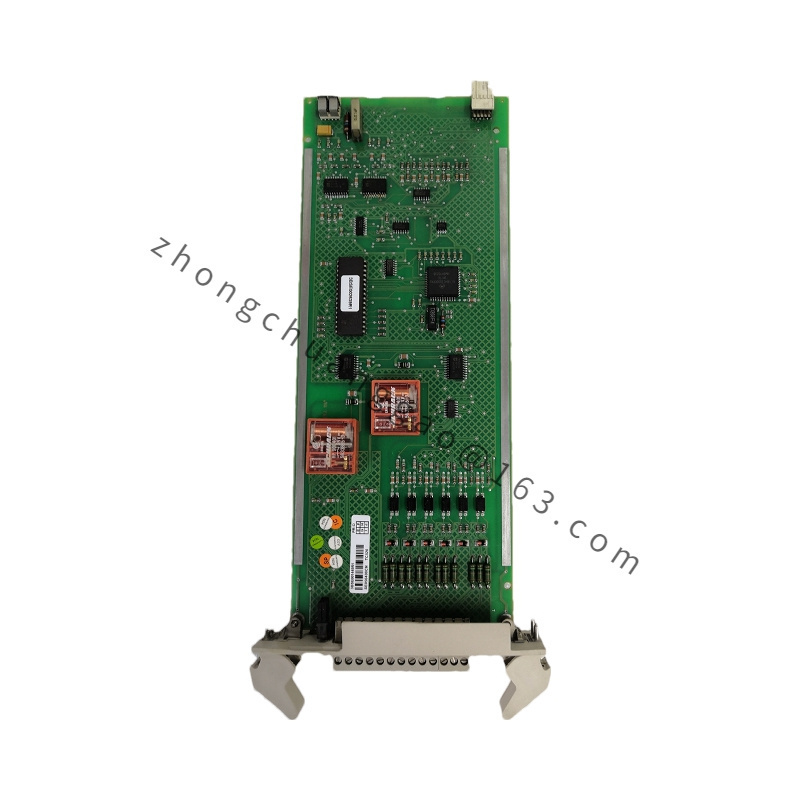
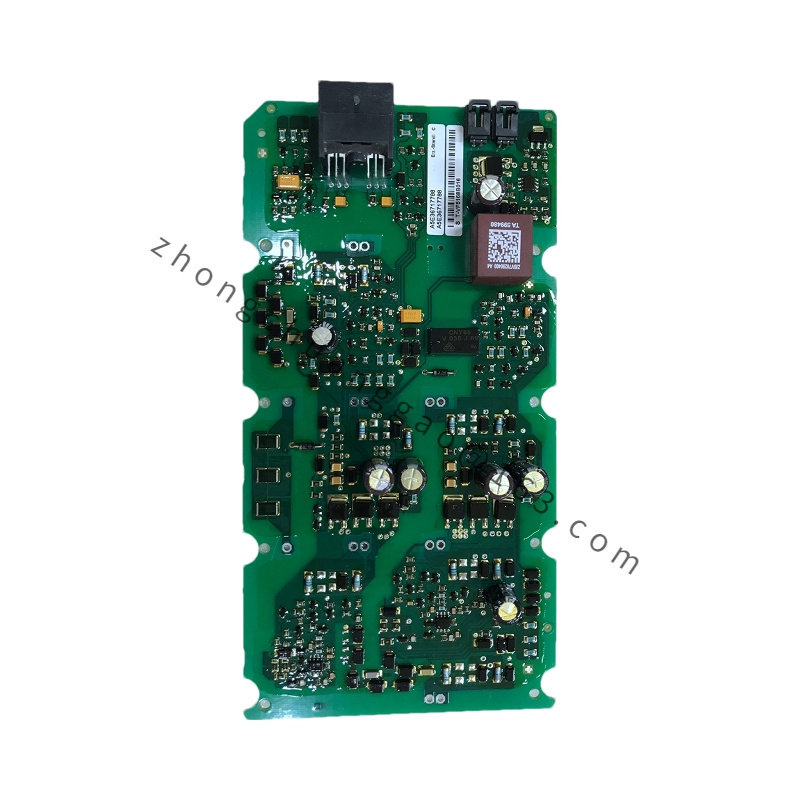


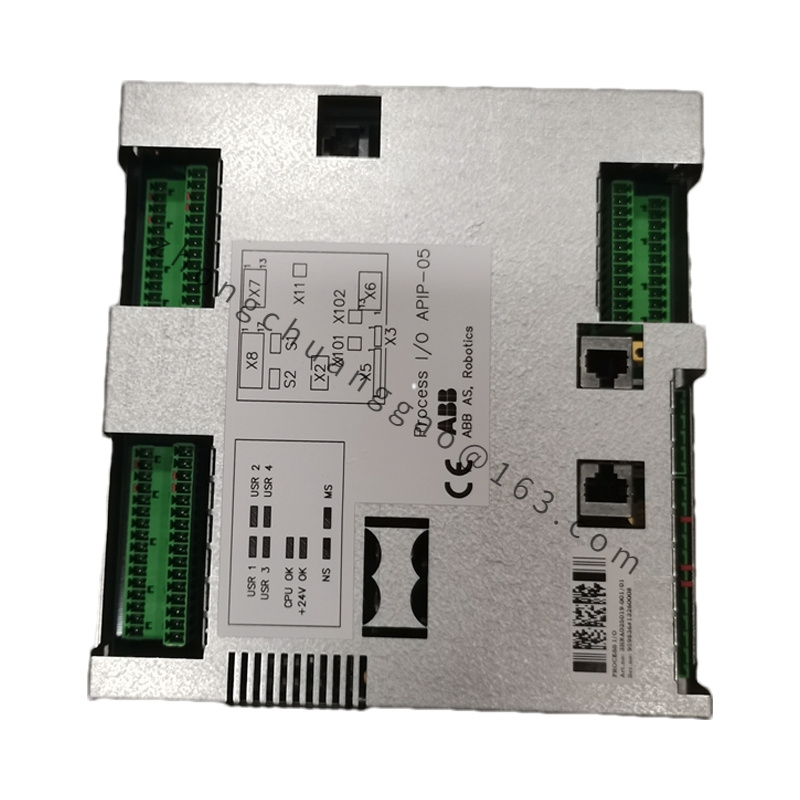

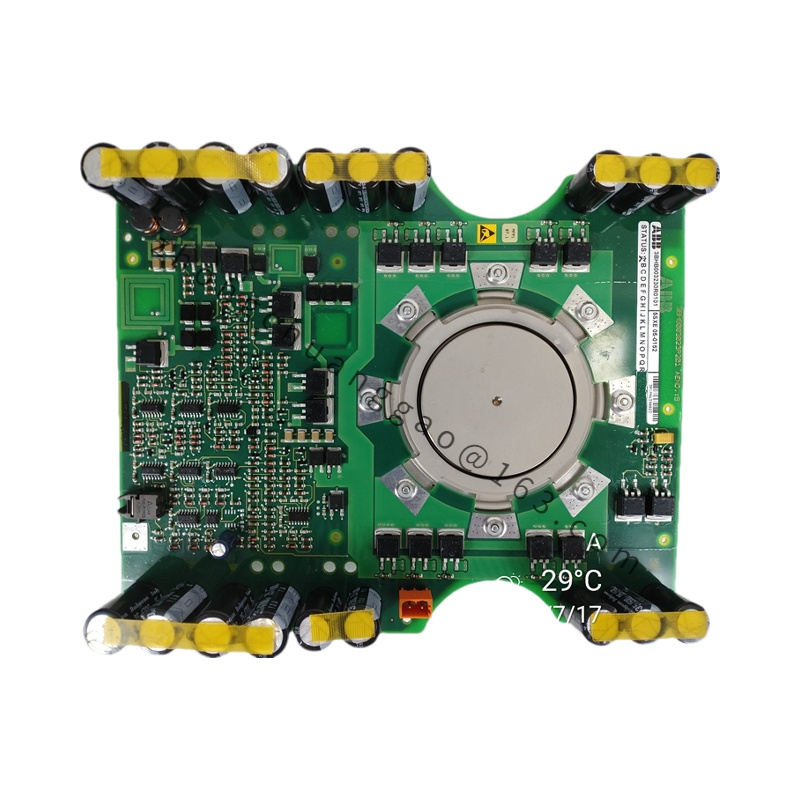
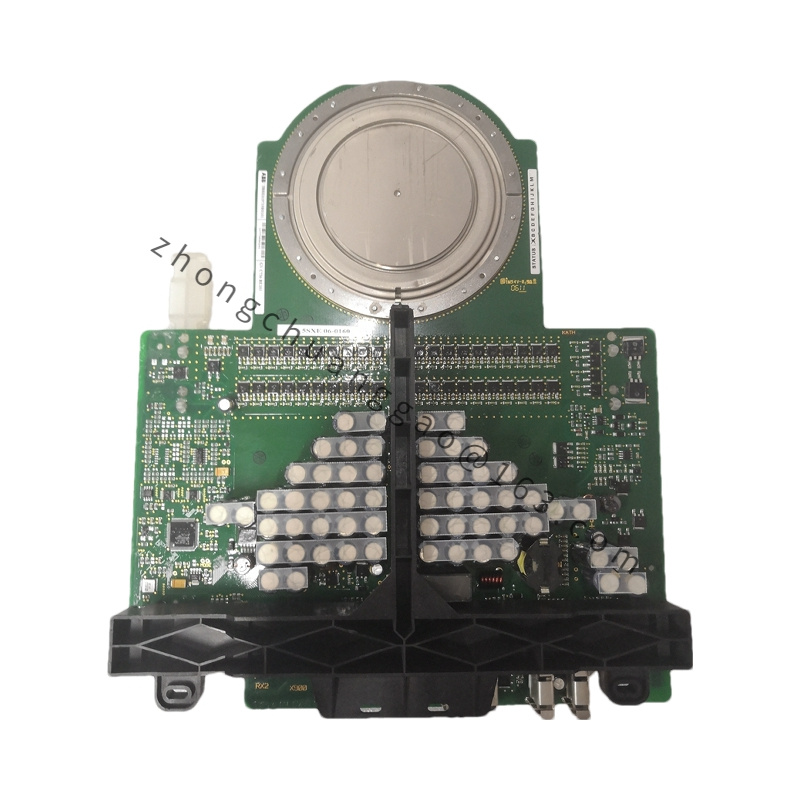
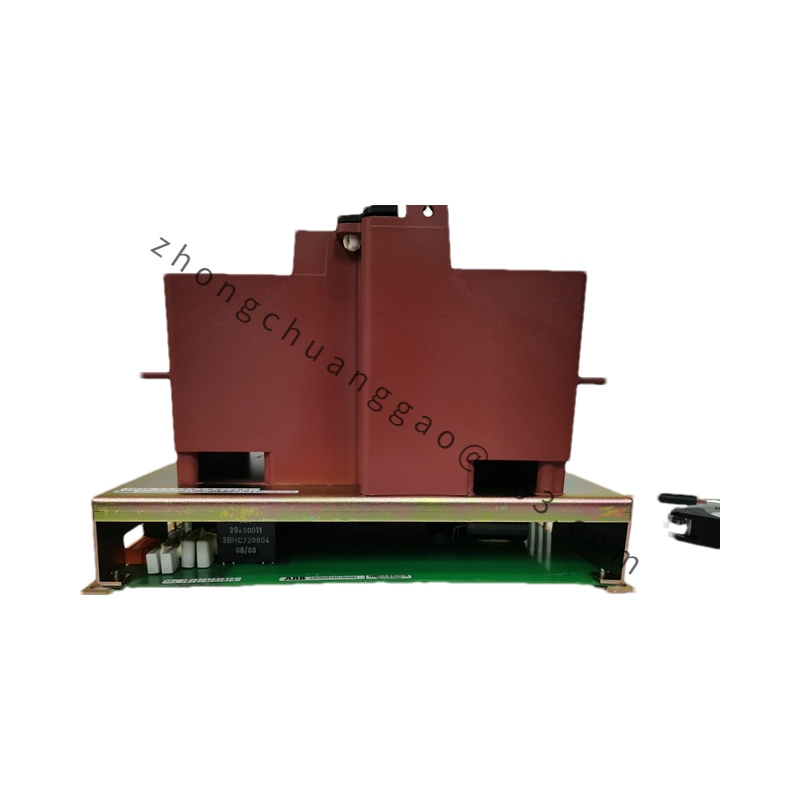
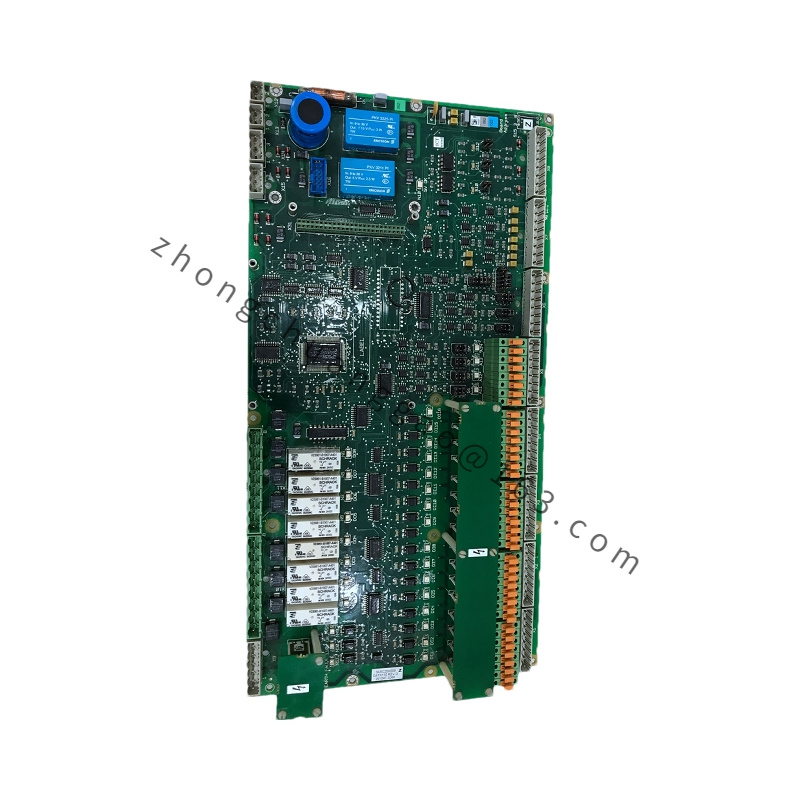
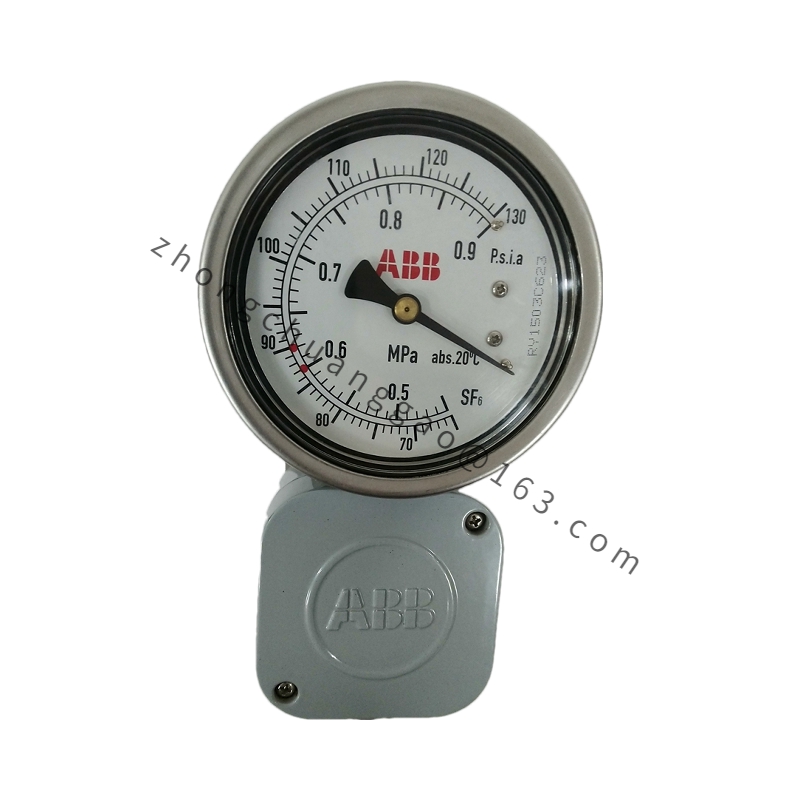
.jpg)
.jpg)